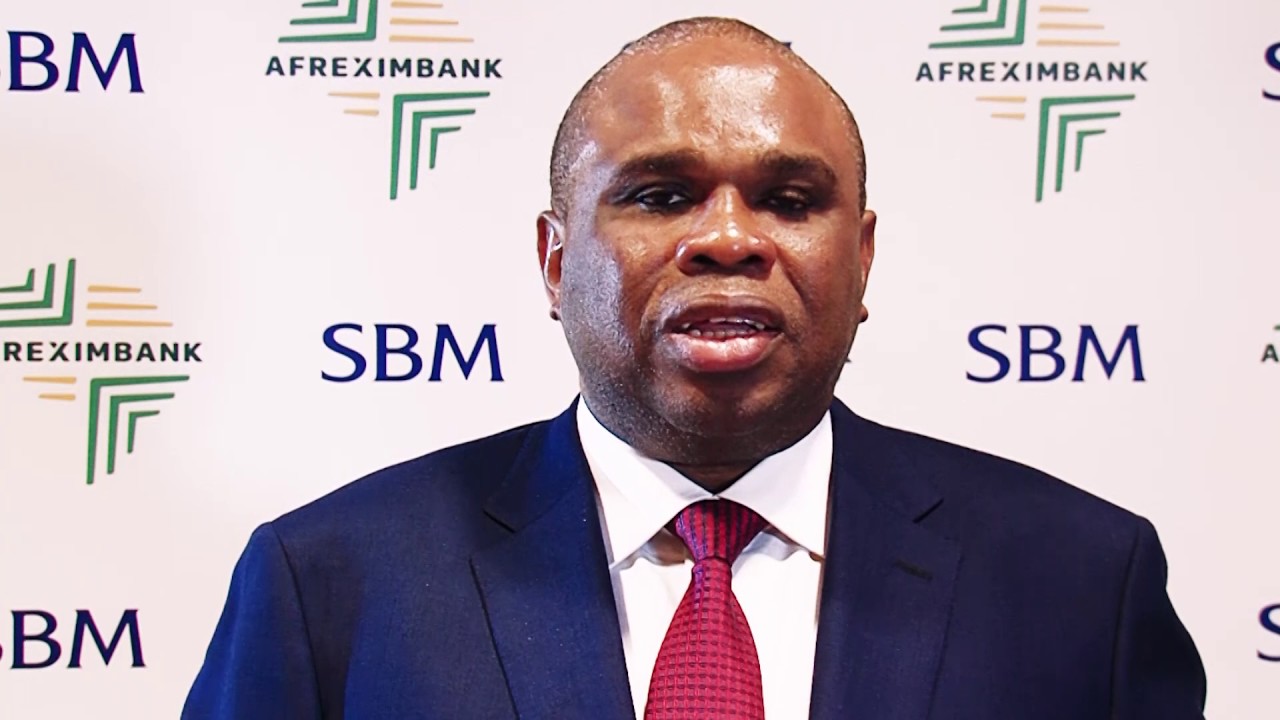
Trade between African states grew by 12.4 per cent in 2024 to $220.3 billion, rebounding from a decline of 5.9 per cent the previous year, bolstered by continued implementation of the African Continental Free Trade Area (AfCFTA), which is emerging as a foundation for the continent’s trade resilience.
However, Africa still makes up only 3.3 per cent of global exports, a clear signal that the continent must do more by moving away from commodity exports and accelerating its industrialisation process if it is to enhance its integration into global value chains and boost intra-African trade.
It also needs better access to trade finance to bridge the gap estimated at about $100 billion (Sh12.9 trillion).
While the global economy slowed to 3.3 per cent growth in 2024 and is expected to dip further in 2025, Africa held steady.
The continent’s economy grew by 3.2 per cent, helped by strong commodity prices and better public finances. Still, growth remains uneven across the continent.
The 2025 Africa Trade report dubbed, “African Trade in a Changing Global Financial Architecture by Afreximbank finds the continent at a pivotal juncture.
The report looks at the performance of Africa’s trade in a challenging global environment charaterised by rising geopolitical tensions, new trade barriers, and financial uncertainty—and analyses how the continent could leverage these challenges into opportunities to enhance its resilience and navigate the evolving landscape.
According to the report, as global trade routes and rules evolve, Africa’s share of world exports has seen a slight decline, from 3.5 per cent in 2009 to 3.3 per cent in 2024, while intra-African trade accounts for a paltry 14.4 per cent of the region’s formal trade – underscoring continued dependence on external demand and exposure to commodity shocks.
This continues to expose the continent to currency volatilities and high inflation, pushing poverty levels up and undermining economic development.
While some parts of Africa may see poverty decline in 2025, the overall number of people living in poverty in Sub-Saharan Africa is projected to increase. Specifically, the World Bank projects that the number of people in poverty will rise from 576 million in 2025 to 589 million in 2027.
This increase is partly due to low capacity in the region to convert economic growth into poverty reduction.
Other regions in the world are advancing. In 2024, intra-European trade accounted for 62.3 per cent of the total exports of goods within the European Union, while extra-EU trade (trade with countries outside the EU) made up the remaining 37.7 per cent. This means that the majority of trade within the EU is between its member states.
Last year, intra-Asia trade accounted for nearly 60 per cent of Asia's total exports. Intra-North American trade, primarily between the US, Canada, and Mexico, reached approximately $1.6 trillion (Sh206.8 trillion) in goods.
Professor Benedict Oramah, President and chairman, Afreximbank, says that this year’s report provides a compelling roadmap for Africa to reposition itself in a volatile global economy.
“From strengthening trade finance systems to accelerating the AfCFTA, the message is clear: Africa must turn global fragmentation into an opportunity for industrialisation, digital progress, and greater control over its financial systems,’’ says Ramah.
Afreximbank’s African Trade Report 2025 emphasises the importance of advancing the African Continental Free Trade Area (AfCFTA), which is becoming a foundation for trade resilience across the region.
It also highlights the expanding use of the Pan-African Payment and Settlement System (PAPSS), which is helping to reduce reliance on foreign currencies and making cross-border trade more efficient.
In addition, the report offers practical guidance on making trade rules and regulations more consistent across countries, unlocking investment from African institutions like pension funds and sovereign funds, and using Africa’s new seat in the G20 to push for overdue global reforms.
This includes ensuring a fairer share of global financial resources, such as Special Drawing Rights, an international reserve currency created by the IMF and increasing access to climate finance.
It also calls for changes in credit ratings to better reflect the strength and potential of African economies.
Furthermore, the report released during Afreximbank’s 32nd Annual General Meeting in Abuja, Nigeria highlights the growing significance of the Alliance of African Multilateral Financial Institutions (AAMFI), as it is increasing funding for development and helping to rebuild a financial ecosystem that works better for Africans.
In 2024, Afreximbank alone disbursed more than $17.5 billion (Sh2.3 trillion) in trade finance. It plans to increase that amount to $40 billion (Sh5.2 trillion) by 2026.











